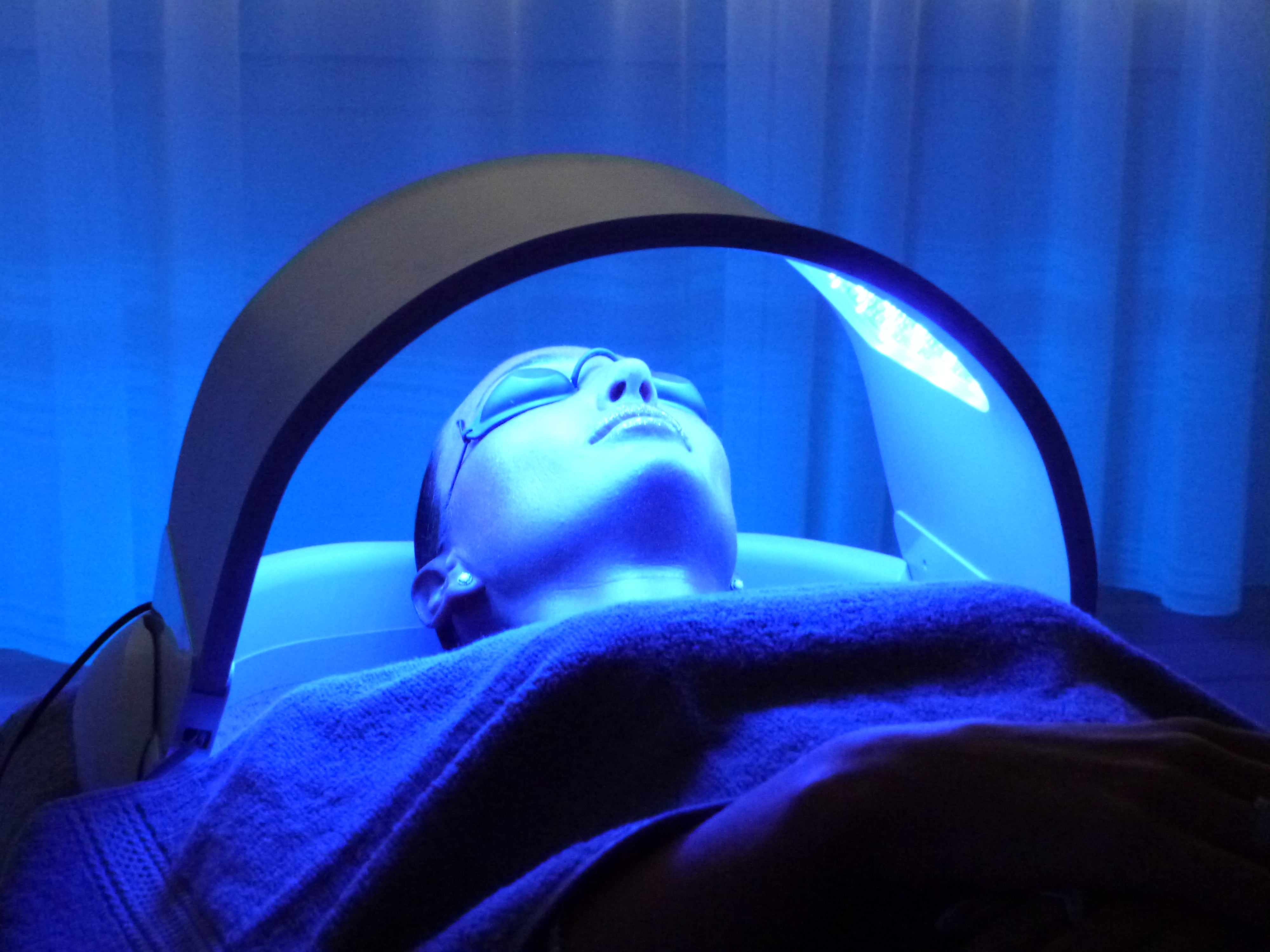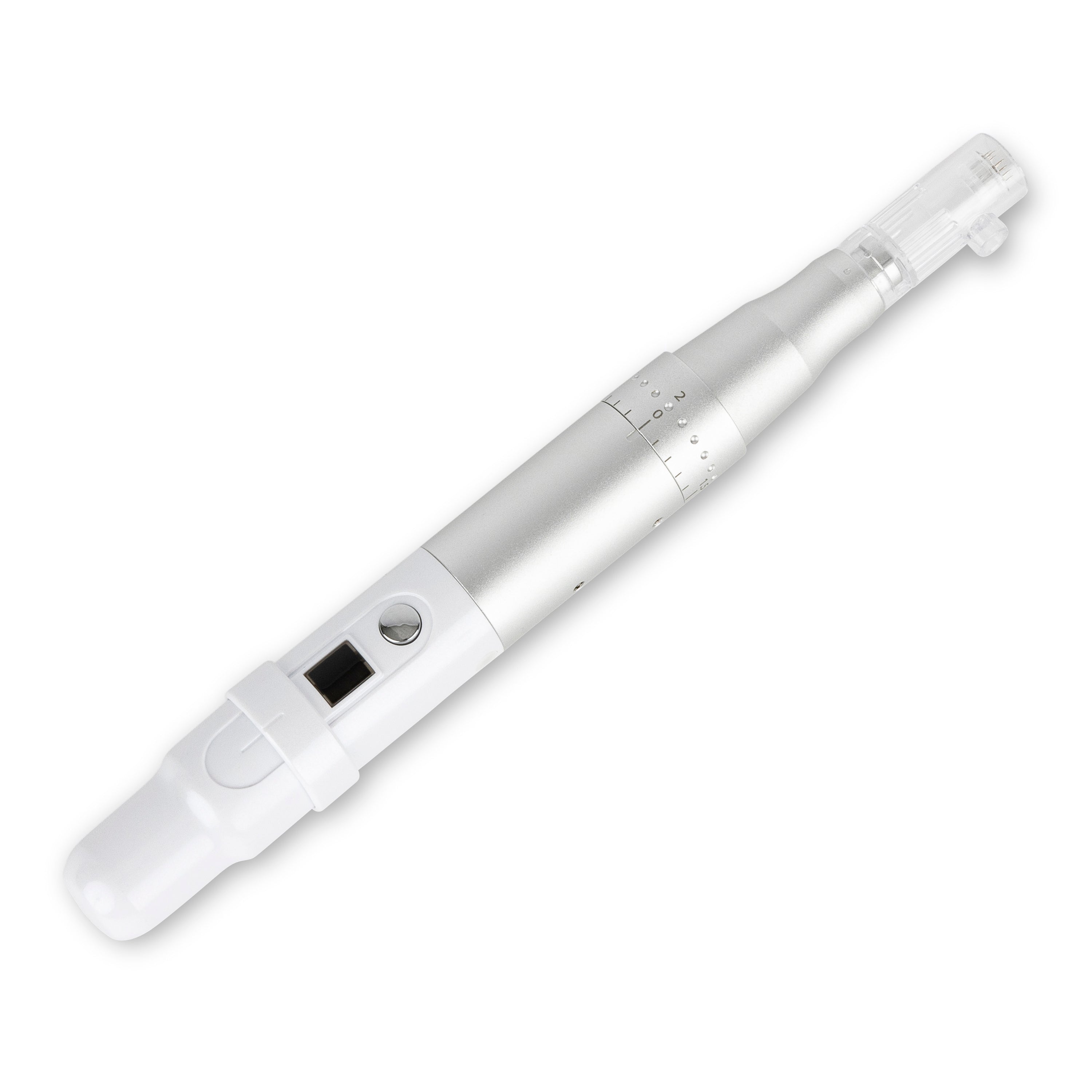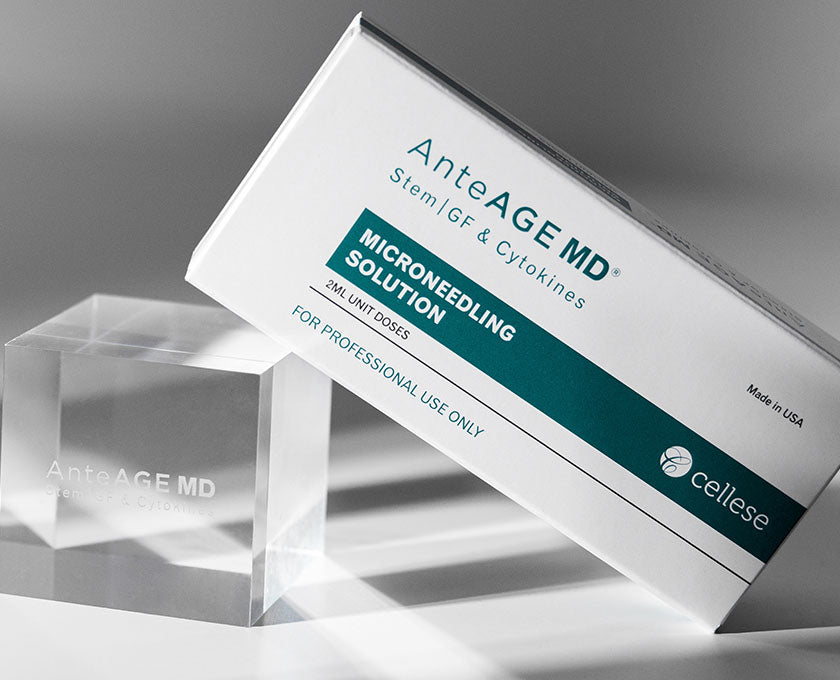FAQ's
Have questions about working with us or the product lines we carry? We're more than happy to help. If your question is not answered here, please feel free to contact us directly.
General
How do I become a WhisperMed account?
Do you have a sales representative in my area?
How can I reset my account password?
Dermalux
Can Dermalux LED Phototherapy induce tanning of the skin?
What is Dermalux LED Phototherapy?
Is near-infrared light effective when used alone in Dermalux LED Phototherapy?
Is there an age limit for Dermalux LED Phototherapy?
Can Dermalux LED Phototherapy be used on clients currently undergoing cancer treatment?
Is Dermalux LED Phototherapy safe for use on pregnant clients?
How does Dermalux LED Phototherapy compare to other light-based treatments?
Can Dermalux LED Phototherapy be combined with other skincare treatments?
Are there any post-treatment care instructions I should follow after Dermalux LED Phototherapy?
Are there any potential side effects associated with Dermalux LED Phototherapy?
Can Dermalux LED Phototherapy be used on all skin tones?
What scientific evidence supports the effectiveness of Dermalux LED Phototherapy?
What is the difference between red, blue, and near-infrared light used in Dermalux LED Phototherapy?
How long does a typical Dermalux LED Phototherapy session last?
Are there any contraindications for Dermalux LED Phototherapy?
If my client is on medication that is not on the contraindicated list, how do I know if they can have LED Phototherapy?
Can LED Phototherapy be used if I am on topical or oral steroids?
How do I support the Flex over an area to maintain the recommended 25mm distance?
Is Dermalux LED Phototherapy a safe treatment?
Can LED Phototherapy worsen pigmentation?
How many Dermalux LED Phototherapy sessions are typically required for optimal results?
What is the duration of the results obtained from Dermalux LED Phototherapy?
Can I apply a sheet mask during the Dermalux LED Phototherapy session?
Is it permissible to use topical skincare products during Dermalux LED Phototherapy?
Does Dermalux LED Phototherapy stimulate the production of Vitamin D?
JuvPen
What is microneedling and how does JuvPen improve skin texture?
How does JuvPen compare to other professional microneedling devices?
How long does a typical JuvPen microneedling treatment take?
Is there any downtime after a JuvPen microneedling treatment?
How often should microneedling treatments be performed for best results?
What makes the JuvPen a good investment for my skincare practice?
AnteAGE




